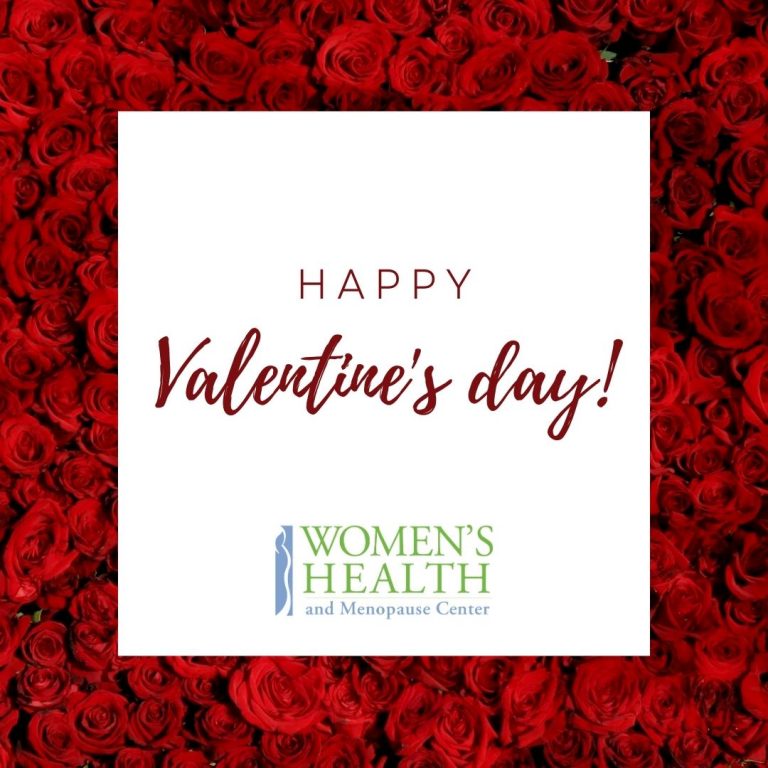Is a Vaginal Birth After Cesarean Safe?
Throughout most of the 20th century it was considered risky for a woman to deliver a baby vaginally, or “naturally”, after she had delivered a baby via caesarean section (c-section). However, this is no longer the case. Vaginal birth after cesarean (VBAC) is becoming more common, and pregnant women can now opt to have a VBAC or a repeat cesarean section (RSC) when giving birth.
According to the American College of Obstetricians and Gynecologists VBAC is a “safe and appropriate choice for most women who have had a prior cesarean delivery, including some women who have had two previous cesareans.”
According to the American Pregnancy Association, 90% of women who have undergone a c-section are candidates for VBAC, and between 60% and 80% of women will successfully give birth vaginally when opting for a natural birth after having the procedure. In addition, The National Institutes of Health and the U.S. Department of Health and Human Services Agency for Healthcare Research and Quality have reported that VBAC is a practical and safe choice for a majority of women. In fact, VBAC has a lower rate of complication than a planned repeat c-section.
Kelly Campbell, M.D., shares, “VBACs can be performed safely. It’s extremely important for a woman to weigh her options when considering VBAC, and one can be performed if there are no other foreseeable risk factors.”
The following are factors Dr. Campbell explains determine a woman’s eligibility for VBAC are:
- The type of a previous c-section incision. A prior low transverse incision, which is a horizontal cut across the lower part of the uterus, creates less of a risk for VBAC.
- The number of previous vaginal deliveries. The more successful natural deliveries a woman has increase the success of VBAC.
- The number of babies with which a woman is pregnant. When a woman is pregnant with multiple fetuses (i.e. twins, triplets, etc.), there is a decreased success rate with VBAC.
It’s important to discuss concerns with your Obstetrician. If you’re expecting, speak with a Women’s Health and Menopause Center Obstetrician about all your birthing options.




